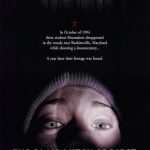Child’s Play (1988)
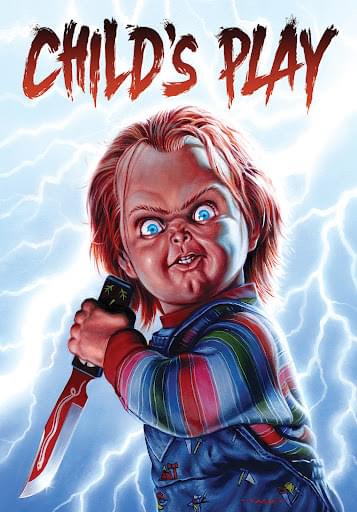
Child’s Play (1988), directed by Tom Holland, is a horror film that introduced the world to Chucky, one of the most iconic characters in the genre. Blending supernatural elements, psychological tension, and dark humor, Child’s Play turned a simple concept—an evil doll come to life—into a lasting franchise and a cult classic.
Suggested videos for you
Suggested videos for you
Suggested videos for you
@lovrstify99 It’s a pivotal moment that showcases the dangers they face in their quest.
Suggested videos for you
@licktowing11 The Amazons vs Steppenwolf Justice League FanSnyder. #movie #movieclips #highlights #moviehighlight #justiceleague
Plot Overview:
The film follows young Andy Barclay (Alex Vincent) who, after begging his mother Karen (Catherine Hicks) for a Good Guys doll, receives a seemingly normal doll named Chucky. However, unbeknownst to them, Chucky is possessed by the spirit of Charles Lee Ray (Brad Dourif), a notorious serial killer who uses a voodoo ritual to transfer his soul into the doll after being mortally wounded by the police. As strange and violent events begin happening around Andy, his claims that “Chucky did it” are dismissed as fantasy until the horrifying truth is revealed.
Chucky and Brad Dourif’s Performance:
Chucky is the heart of Child’s Play and Brad Dourif’s performance, both as the voice of Chucky and as Charles Lee Ray, is outstanding. Dourif gives the character a chilling, psychotic energy, blending dark humor with a menacing presence. Chucky’s shift from an innocent-looking doll to a maniacal killer is handled with great care, and Dourif’s voice work is what gives the character life. His one-liners and sardonic humor would become a defining trait of the character throughout the series, but in this first film, he’s still terrifying and unpredictable.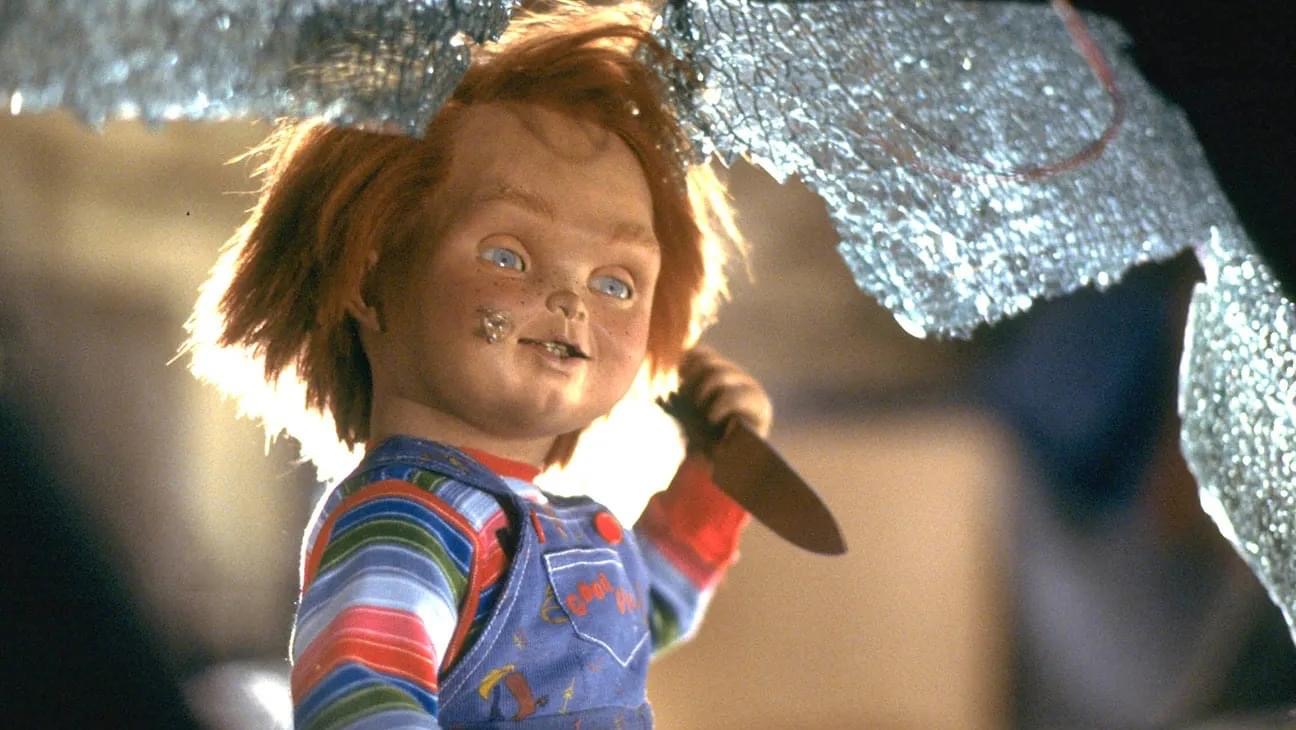
Special Effects and Practical Puppetry:
The film’s practical effects are impressive for their time and still hold up remarkably well. The puppetry used to animate Chucky creates a sense of realism that CGI would struggle to replicate, especially in the 1980s. From subtle facial expressions to full-body movements, Chucky is convincingly lifelike as he becomes more violent and animated over the course of the movie. The film smartly withholds showing Chucky fully in action until later in the film, building suspense by keeping him largely in the shadows during the early sequences.
Tension and Atmosphere:
One of Child’s Play’s strengths is how it builds tension. The film plays with the audience’s anticipation of when Chucky will strike, slowly unveiling the doll’s sinister side. Early on, the film plays with the idea that perhaps Andy might be the one responsible for the strange events, keeping viewers on edge as to whether the doll is truly alive. The scenes where Chucky first reveals himself are particularly intense, especially given the seemingly innocent nature of a child’s toy becoming a ruthless killer.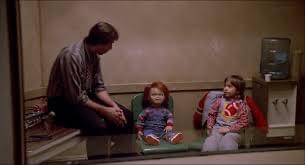
Themes:
At its core, Child’s Play taps into the primal fear of the familiar turning against you. The idea that a beloved, trusted toy could be something malevolent is terrifying, particularly for parents. The film also touches on themes of consumerism and the trust society places in mass-marketed products, as the Good Guys doll becomes a symbol of both comfort and horror. The vulnerability of children, particularly Andy, in the face of this evil is central to the film’s tension, as Chucky targets him knowing that no one will believe a child’s claims that a doll is responsible for murder.
Performances:
Alex Vincent delivers a believable and sympathetic performance as Andy. He plays the role of an innocent child caught up in a terrifying situation with an authenticity that grounds the film. His innocence contrasts sharply with Chucky’s brutality, making his peril all the more disturbing. Catherine Hicks also gives a solid performance as Karen, a single mother desperate to protect her son, even as she struggles to believe his unbelievable story.
Chris Sarandon, as Detective Mike Norris, is another strong presence in the film, offering a skeptical but ultimately heroic figure who becomes an important ally in Karen and Andy’s fight against Chucky.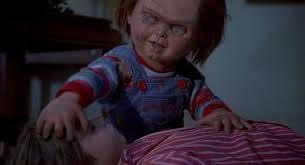
Horror and Humor Balance:
One of Child’s Play’s defining characteristics is its blend of horror and dark humor. Chucky’s sadistic sense of humor adds a layer of levity to the violence, but it never undercuts the film’s scares. The film strikes a good balance, ensuring that Chucky’s sarcastic wit makes him entertaining without diminishing his threat as a murderous antagonist. Later films in the series would lean more heavily into the comedic aspects, but in this first entry, the humor is subtle and well-timed, enhancing rather than diluting the horror.
Legacy and Influence:
Child’s Play has had a massive cultural impact, with Chucky becoming a staple of horror cinema. It spawned a long-running franchise, including sequels, a reboot, and a TV series. Chucky himself has joined the ranks of Freddy Krueger, Michael Myers, and Jason Voorhees as one of the most recognizable and beloved villains in the horror genre. The original film’s success can be attributed not only to its unique premise but also to its blend of genuine scares, dark humor, and effective special effects.
Conclusion:
Child’s Play (1988) remains a standout in the horror genre for its creative premise, excellent practical effects, and memorable villain. Brad Dourif’s portrayal of Chucky is iconic, making the character both terrifying and entertaining. The film’s tension, clever pacing, and mix of horror and dark humor set it apart from other horror movies of the time. It’s a must-watch for fans of the genre and remains one of the most influential horror films of the 1980s.











